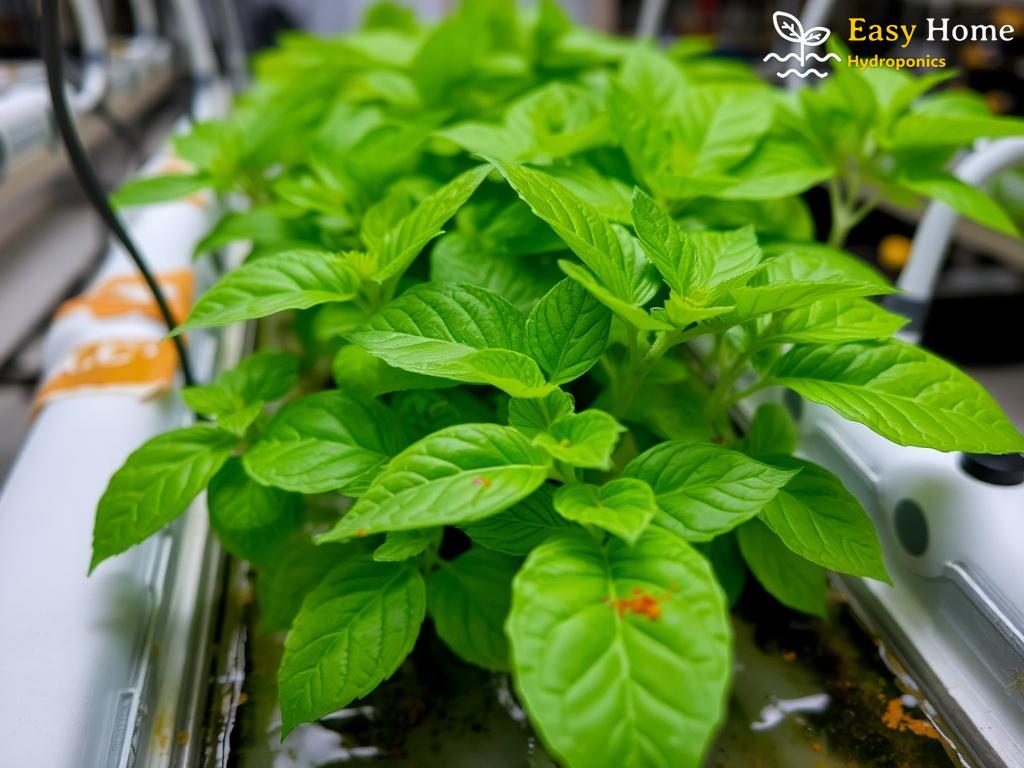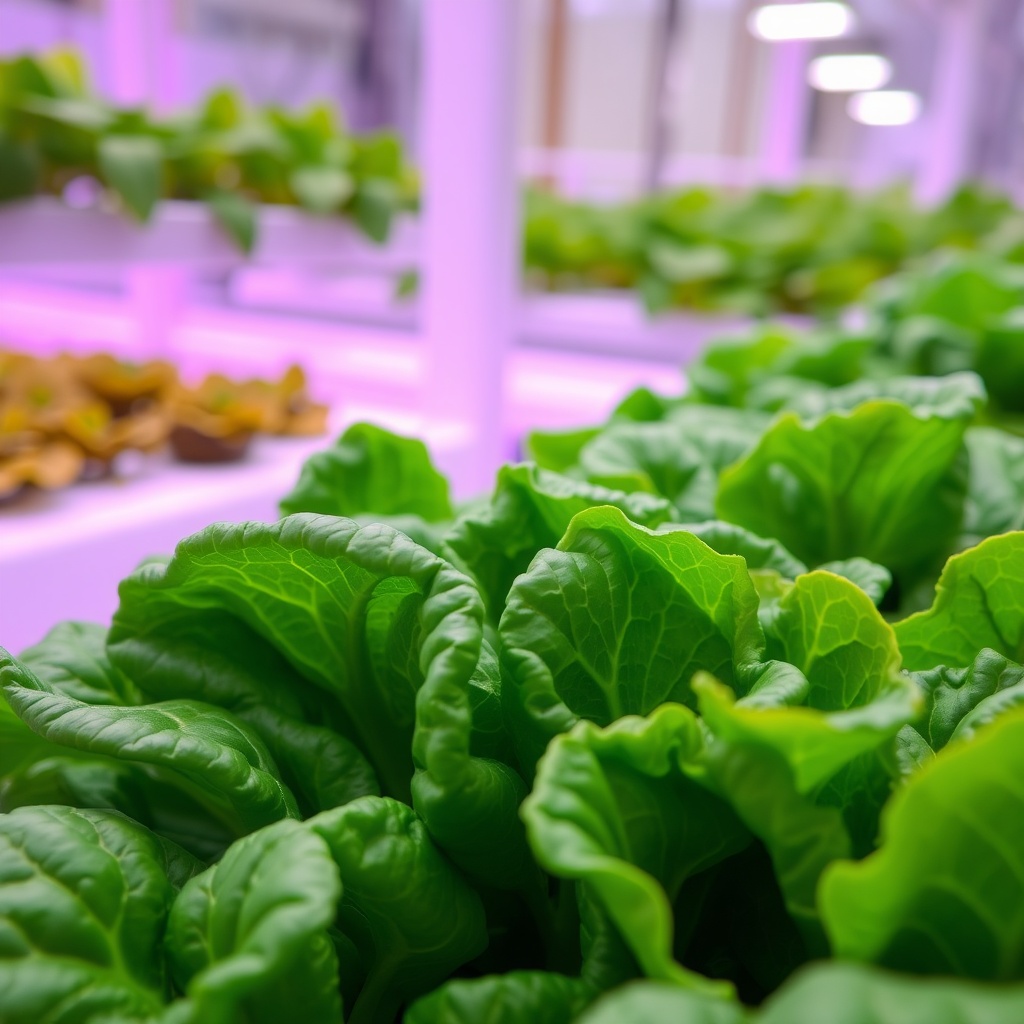Identifying Nutrient Burn: The Red Flags
Nutrient burn is a common yet critical issue that can hinder the growth and health of hydroponic plants. This phenomenon occurs when plants absorb excess nutrients, leading to toxicity. Understanding the symptoms is key to timely intervention. Typically, you’ll notice leaf tips turning yellow or brown—an alarming sign that your plants are in distress.
Keep an eye out for other indicators such as stunted growth, wilting leaves, and a general lack of vigor. By recognizing these symptoms early, you can take steps to mitigate damage and restore your plants to optimal health.
Effective Strategies for Prevention and Recovery
Preventing nutrient burn requires a balanced approach to nutrient management. For hydroponic systems, this means regularly monitoring the nutrient solution and adjusting concentrations based on the specific needs of your plants. Here are several effective strategies:
- 1. Regular pH Checks: Keeping the pH between 5.5 and 6.5 ensures optimal nutrient absorption.
- 2. Dilution Technique: If burn occurs, dilute the nutrient solution with fresh water to lower concentration.
- 3. Gradual Nutrient Adjustment: Introduce new nutrients slowly to allow plants to acclimate.
- 4. Observation and Adaptation: Tailor your nutrient mix based on plant stage and species.
Following these guidelines can help you maintain a healthy growing environment and prevent nutrient burn from becoming a recurring issue.
Taking Action: When Burn Strikes
In the unfortunate event that your hydroponic system experiences nutrient burn, immediate action is essential. Start by flushing the growing medium with clean, pH-balanced water to remove excess nutrients. This process helps reset the growing environment and allows your plants to recover more effectively.
After flushing, it’s crucial to reassess your nutrient strategy. Consider reducing the concentration of your nutrient solution and closely monitor your plants for signs of recovery. Remember, patience is vital here; it may take time for your plants to bounce back, but with the right care, they can regain their former glory.




